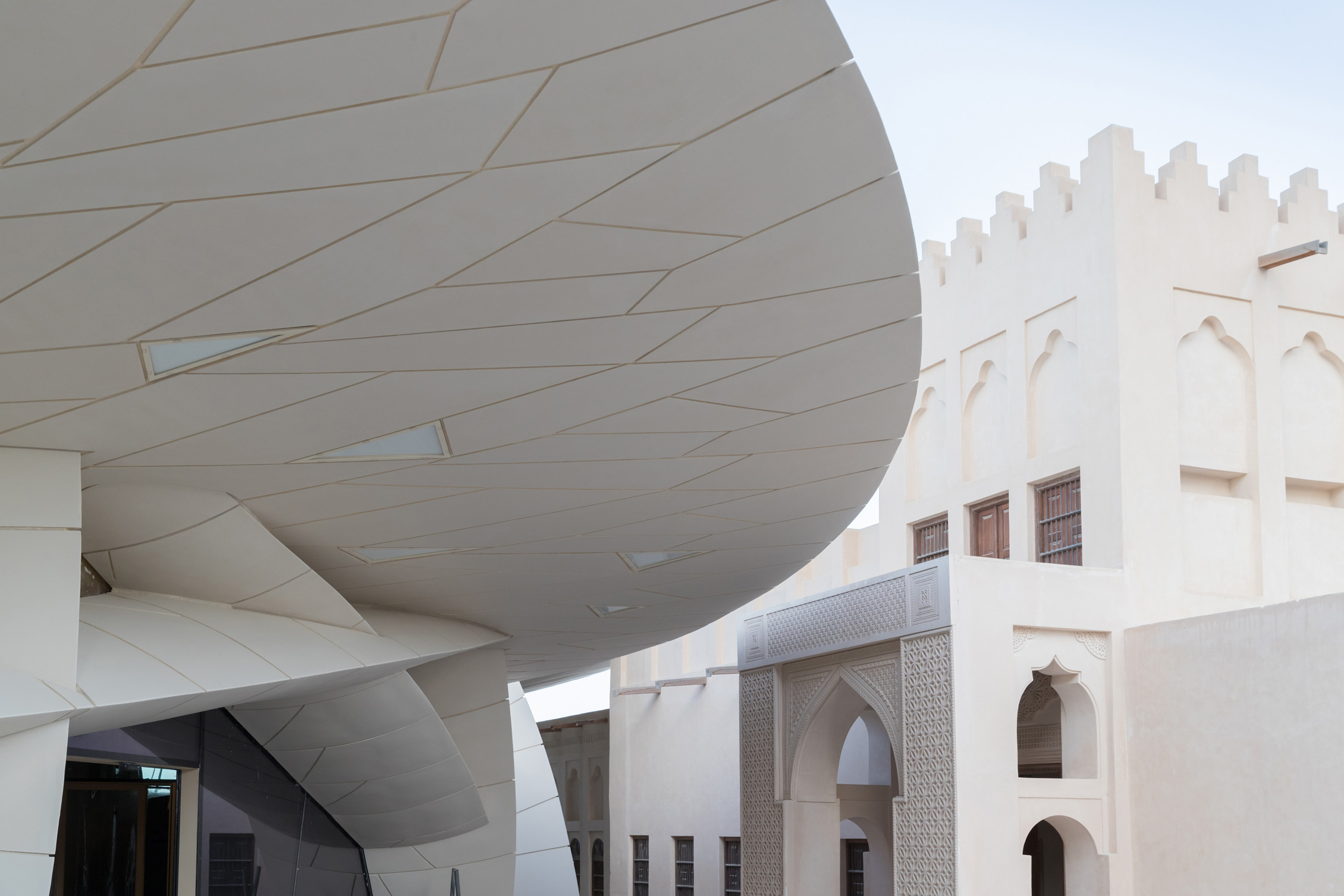
Andrew Heid: Can you describe the desert rose crystal and how this organic system or structural principle created the forms behind the National Museum of Qatar? Jean Nouvel: The sun rose is the structural principle, which is a section of ground and a random system with different angles. You can insert the system into any program. It is a production system. It’s a typology like the sand rose. AH: How does it work with this project? JN: What’s interesting is all the systems here, and the section of the desert rose, and the generation of the space through crystallization. After I have a program, I have to imagine my museum inside the crystallization so I play with the unpredictability—and I like to be unpredictable. With the desert rose crystals, I have the excuse to do what I want. I can build something very low, too low, too high, too oblique—exactly what I want. It’s music. It’s rhythmic architecture. It’s exactly like Le Corbusier at La Tourette, with all the random rhythms of the little glass windows. AH: How did you control these forms if they are randomly generated? JN: I reset the system of the intersection and I decided very rapidly to have a geometrical shape. I wanted to keep the plan. I wanted to keep the forms very sharp, blade-like and thin at the end. And I accentuated the thinness, because I kept the little void in the joints to create the system of the lighting against the day. At the end, it’s a vocabulary; once you have the proportion, you research that with a model and sketches with the computer so you can be sure to build with the right proportions. AH: How many iterations of the geometry did you have to go through? JN: We had to research abnormal situations and find the too long, too broken forms, like the kaleidoscope gallery or a gallery that is too low, like in a cave. So we have this vocabulary of forms together, but we also modify this vocabulary. We are adaptive, but the general principles are like this; you have to imagine which formal sequence you have the desire to find. 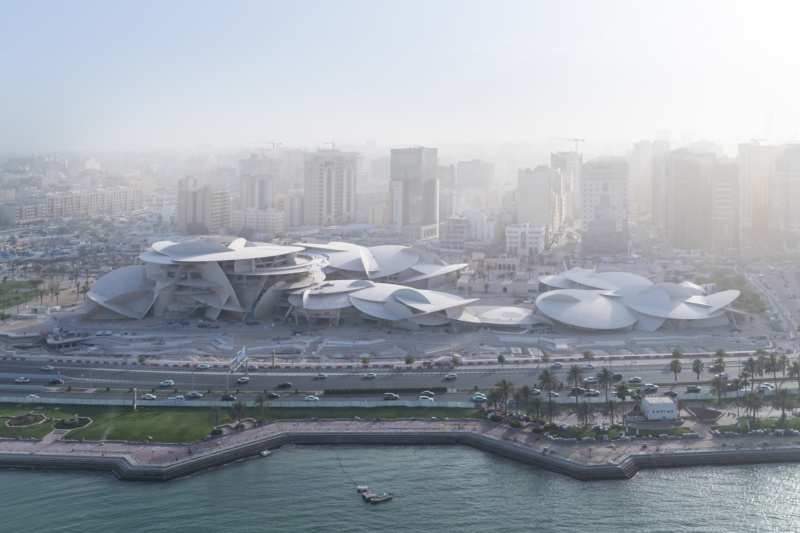 AH: I’m really curious about this organic or fractal quality of the desert rose crystal you’ve used, and how it embodies an interconnected, self-organizing idea of the natural world. I’m also curious about how your thought process of nature has changed over the years. JN: It is a reinterpretation of rules from the natural world. If you take rules from the natural world and put them in a space as a system, people will agree and understand quickly that the system is random. They might agree that it’s something harmonious, but at the same time there is a tension. AH: In contrast to these fractal, self-organizing rules imitated from the natural order of the desert rose crystal, is there a sense of order and disorder in the structure that has changed from your earlier projects—like at the Cartier Foundation, where you were using transparency to bring in nature, the organic and the fractal? JN: The Cartier Foundation does not have a continuity with the Haussmann Boulevard, so I created a fence that is 16 meters high to keep the continuity of the boulevard and to create an inclusion with the three planes of glass. If you are on the boulevard you might think it’s a building, but then you look at the top and see it’s not a roof. The miracle of the Cartier Foundation is that the reflection of the object is on the object, so on the tree you have the reflection of the tree. On the clouds, you have the reflection of the clouds. AH: Who are some of the people that have influenced you? JN: For me, it’s Claude Parent and Paul Virilio.
AH: I’m really curious about this organic or fractal quality of the desert rose crystal you’ve used, and how it embodies an interconnected, self-organizing idea of the natural world. I’m also curious about how your thought process of nature has changed over the years. JN: It is a reinterpretation of rules from the natural world. If you take rules from the natural world and put them in a space as a system, people will agree and understand quickly that the system is random. They might agree that it’s something harmonious, but at the same time there is a tension. AH: In contrast to these fractal, self-organizing rules imitated from the natural order of the desert rose crystal, is there a sense of order and disorder in the structure that has changed from your earlier projects—like at the Cartier Foundation, where you were using transparency to bring in nature, the organic and the fractal? JN: The Cartier Foundation does not have a continuity with the Haussmann Boulevard, so I created a fence that is 16 meters high to keep the continuity of the boulevard and to create an inclusion with the three planes of glass. If you are on the boulevard you might think it’s a building, but then you look at the top and see it’s not a roof. The miracle of the Cartier Foundation is that the reflection of the object is on the object, so on the tree you have the reflection of the tree. On the clouds, you have the reflection of the clouds. AH: Who are some of the people that have influenced you? JN: For me, it’s Claude Parent and Paul Virilio.  AH: How did they influence you? JN: A lot. In their support. In the 1960s, before ’68, the School of Beaux-Arts was really bad, but I found Claude Parent and Paul Virilio, and I learned everything with them. Paul Virilio was a brilliant philosopher and thinker about the reality of the world and Claude Parent was also someone with a very sharp sense of the tension of the shape. AH: One could say that you developed an emancipatory project of architecture, a new architecture that could be generated from Claude Parent. When do you feel that you discovered these formal techniques, which allowed you to develop your own voice for this new architecture? JN: Architecture is a reification of an instant of culture. But it is always the way to answer to the desires of many people. Architecture is a sentimental act. If you only put your brain into it and not your heart, it lacks something. You have to research to find the right balance of pleasure, like a game with light and the reflections and the sensitivity of the nature of the caves. But there has to be a jubilation as well. And things must exist from the social point of view. The real problem in France, as well as outside of France, is that the people who develop social housing don’t care about the social point of view. They have no empathy and there is a real confusion between urban planning and architecture. Urban planning does not exist, urbanism does not exist; it’s related to architecture but on another scale. Today, every building development in France makes the building like an object designed by an artist, but they have no contact with the other buildings. To recreate human architecture you need to change this model. AH: Do you think we need more poetics in architecture today? JN: Architecture today is not poetic. Why? Because people don’t care. The real question is between architecture and construction. When I was a young architect, my hope was that the field of architecture would get larger and larger, but it’s the opposite. Now the field of construction is larger and architecture is reduced because people just want to build as soon as possible, they want to repeat the same plan, to earn fees very quickly. With computers, you change three perimeters and it’s finished. It is very cynical. AH: And what do you think the antidote to that is? JN: The architect has to fight against that. He has a social role in the world and he has to defend that.
AH: How did they influence you? JN: A lot. In their support. In the 1960s, before ’68, the School of Beaux-Arts was really bad, but I found Claude Parent and Paul Virilio, and I learned everything with them. Paul Virilio was a brilliant philosopher and thinker about the reality of the world and Claude Parent was also someone with a very sharp sense of the tension of the shape. AH: One could say that you developed an emancipatory project of architecture, a new architecture that could be generated from Claude Parent. When do you feel that you discovered these formal techniques, which allowed you to develop your own voice for this new architecture? JN: Architecture is a reification of an instant of culture. But it is always the way to answer to the desires of many people. Architecture is a sentimental act. If you only put your brain into it and not your heart, it lacks something. You have to research to find the right balance of pleasure, like a game with light and the reflections and the sensitivity of the nature of the caves. But there has to be a jubilation as well. And things must exist from the social point of view. The real problem in France, as well as outside of France, is that the people who develop social housing don’t care about the social point of view. They have no empathy and there is a real confusion between urban planning and architecture. Urban planning does not exist, urbanism does not exist; it’s related to architecture but on another scale. Today, every building development in France makes the building like an object designed by an artist, but they have no contact with the other buildings. To recreate human architecture you need to change this model. AH: Do you think we need more poetics in architecture today? JN: Architecture today is not poetic. Why? Because people don’t care. The real question is between architecture and construction. When I was a young architect, my hope was that the field of architecture would get larger and larger, but it’s the opposite. Now the field of construction is larger and architecture is reduced because people just want to build as soon as possible, they want to repeat the same plan, to earn fees very quickly. With computers, you change three perimeters and it’s finished. It is very cynical. AH: And what do you think the antidote to that is? JN: The architect has to fight against that. He has a social role in the world and he has to defend that.

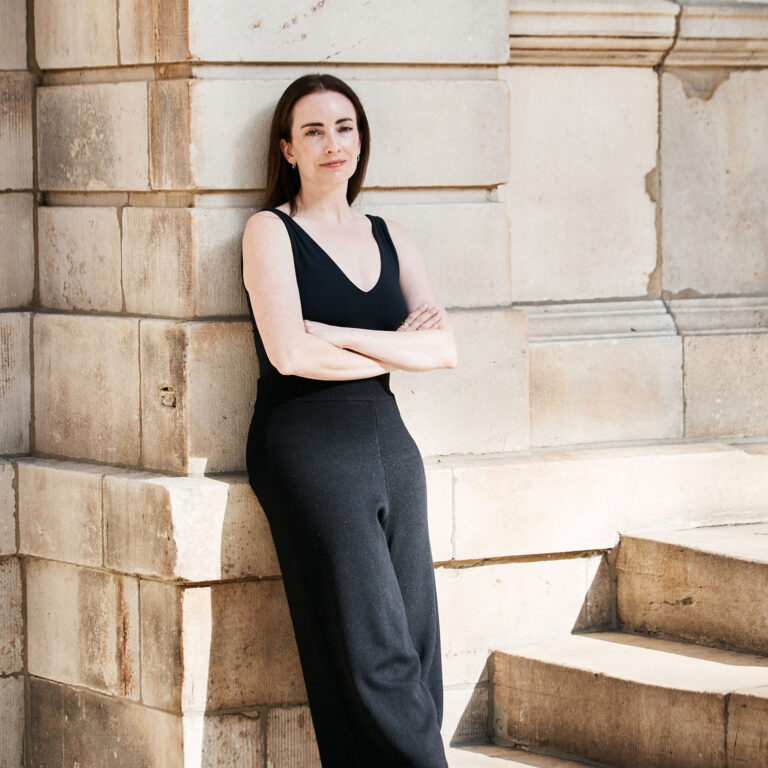

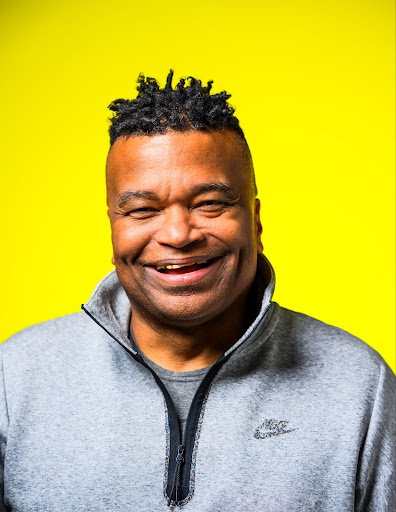
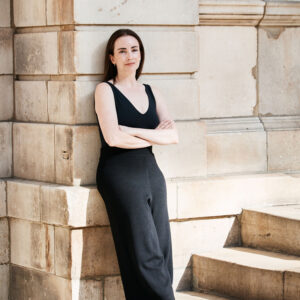

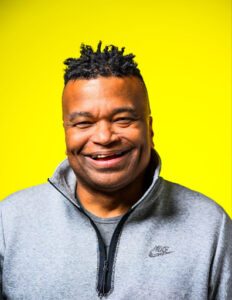



 in your life?
in your life?

